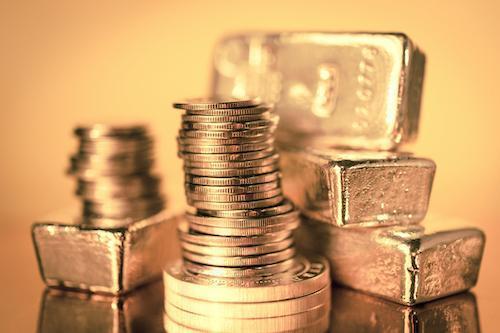
Gold is sometimes red, purple or blue
When most people think about gold, the first things that come to mind are gold coins, gold bullion or even Gold Eagle coins. However, the precious metal is used in many industries for more than its monetary worth. In the field of science, gold can be broken down into extremely small particles and be used for sensing chemical and biological agents in liquid solutions.
Andrew Greenberg created an experiment for his students studying Nanoscale Science and Engineering at the University of Wisconsin-Madison. The experiment used gold nanoparticles as sensors for electrolytes in sports drinks. The goal was to determine which of the tested beverages (Gatorade Ice™, pickle juice, Flavorless Pedialyte™ or Powerade™) would be the best liquid to drink when dehydrated.
Greenberg introduced his students to a widely unknown fact about gold - when broken down to one-billionth of a meter, it can appear red, purple or even blue. The change in color is due to how the smaller particles react to light, and is in deep contrast to what most see when they hold a gold bar.
Throughout the experiment, students added a solution comprised of gold nano particles into the test drinks. When they added the gold to the beverages, the electrolytes caused the gold particles to clump together and solidify. The beverages that contained larger amounts made the gold nanoparticles stick together and altered the solutions so they had shinier tints.
While Greenberg does not focus too heavily on which sports drink contains the most electrolytes, he does emphasize the unique properties of gold, especially when broken down into microscopic particles. While it is easy to think of gold only in terms of monetary value, the metal can serve more invaluable purposes in the world today. Science is just one field that has harnessed the power of gold for the betterment of the world.









